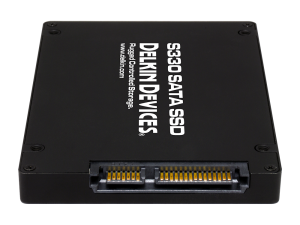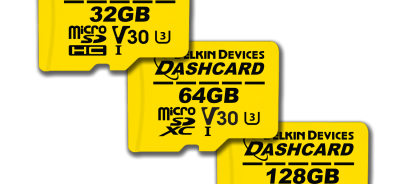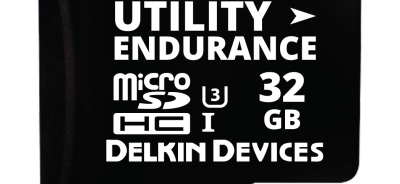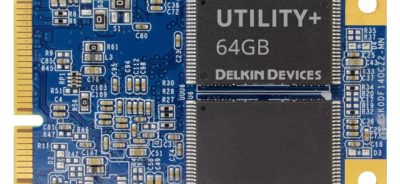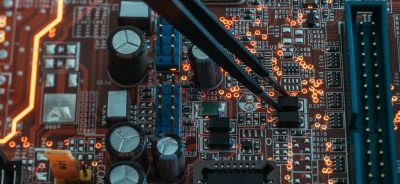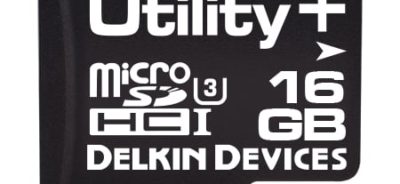All You Need to Know about the SATA Interface
SATA is an interface that allows storage devices to connect to host systems. Multiple forms of this interface have been developed to allow for increasing capacity and bandwidth. Understanding how the SATA interface works with SSDs and modules and the specifications of the different versions will help you make the right storage choices for your applications. Here are a few facts about SATA to help guide you towards the best options.
The Launch of the SATA Interface
Serial ATA—or SATA—was launched by the Serial ATA Working Group in 2003 to replace that group’s previous interface, called Parallel ATA, or PATA. SATA is significantly faster than the PATA interface, thanks to an increased data rate on the serial paired lines. This data rate allows SATA to transmit and receive data much faster than its predecessor. However, the ATA/ATAPI commands that were used in PATA are supported by SATA. This allows the command set to have backwards compatibility.
The Serial ATA Working Group has become a non-profit organization called the Serial ATA International Organization, which is now responsible for all of the management and further advances of the interface.
SATA Interface Revisions
The SATA interface has undergone three major revisions:
- SATA I (previously called SATA 1.5Gb/s) – This first-generation product had a bandwidth input of up to 150MB/s. The running speed was 1.5Gb/s.
- SATA II (previously called SATA 3Gb/s) – The second generation of the SATA interface ran at 3Gb/s and had a bandwidth throughput of 300MB/s.
- SATA III (previously called SATA 6Gb/s) – SATA’s third generation runs at 6Gb/s and has a bandwidth throughput of 600MB/s.
There have been two updates to the SATA III revision, called Revision 3.1 and Revision 3.2. Revision 3.2, which debuted in 2013, offers the highest maximum SATA performance, at 16Gb/s. Revision 3.1 is mSATA, or mini-SATA, defined, while 3.2 has SATA express specs.
SATA interfaces are backwards compatible, so the SATA II interface will function on SATA I ports, and SATA III interfaces are compatible with both SATA I and SATA II ports. However, there will be loss of sequential read and write speed rates when a newer SATA interface is hooked up to an older port version.
Delkin’s product team is happy to walk you through everything you need to know about SATA as you choose industrial grade storage for your applications. Please explore our website or contact us below to discuss our product options.
 Login
Login Register
Register


